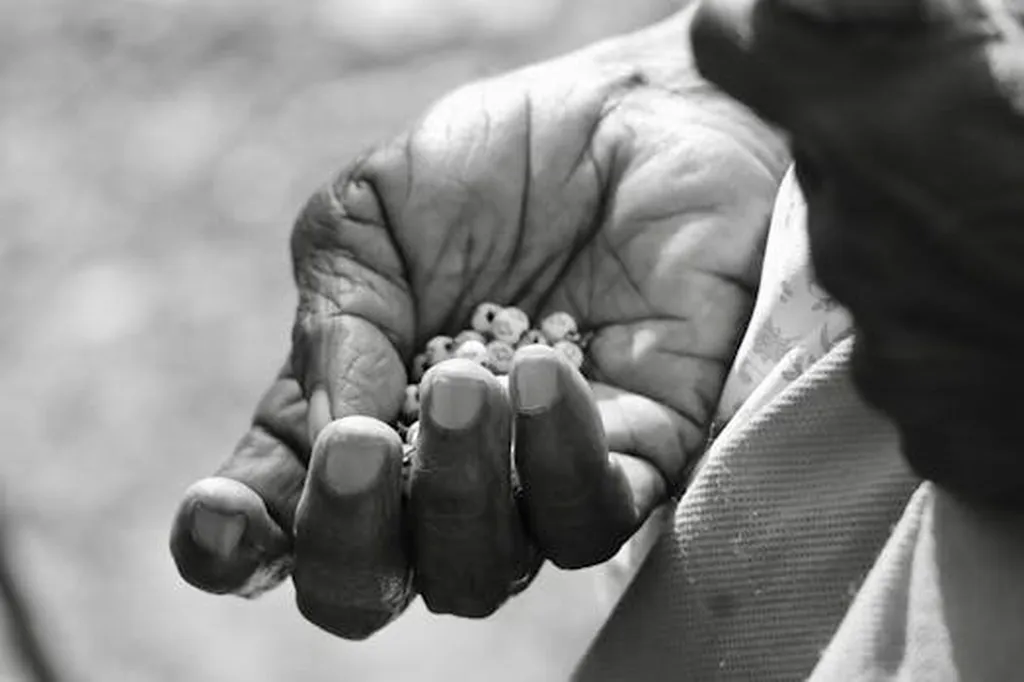In the quest to achieve the United Nations’ Sustainable Development Goal of ending hunger by 2030, researchers are exploring innovative, eco-friendly technologies to boost agricultural productivity. One such promising technology is cold plasma (CP), which has emerged as a game-changer in seed treatment, according to a recent review published in *Applied Sciences*. The study, led by Mohamed Ali Benabderrahim of the Arid and Oases Cropping Laboratory at the Arid Lands Institute in Tunisia, highlights the potential of CP to enhance seed vigor, germination, and crop yield, particularly under challenging conditions like drought, salinity, and biotic stress.
Cold plasma generates reactive oxygen and nitrogen species (RONS), which trigger key biochemical and physiological responses in seeds. These responses lead to improved water uptake, enhanced germination rates, and better stress tolerance. “Cold plasma works by creating a reactive environment that stimulates the seed’s natural processes,” explains Benabderrahim. “This results in seeds that are more robust and better equipped to handle environmental stresses, ultimately leading to higher yields.”
One of the most significant advantages of CP is its antimicrobial properties, offering a chemical-free alternative for seed decontamination. This is particularly relevant in an era where there is growing concern over the environmental impact of chemical treatments. “By using cold plasma, we can reduce our reliance on harmful chemicals, making agriculture more sustainable and environmentally friendly,” says Benabderrahim.
However, the path to widespread adoption of CP in large-scale agriculture is not without challenges. The review critically examines the limitations of CP treatment, including the lack of standardized protocols and insufficient field validation. “While the potential is enormous, we need more research and validation to ensure that cold plasma can be effectively and consistently applied in real-world farming conditions,” notes Benabderrahim.
The study also compares CP treatment with conventional chemical and microbial methods, offering insights into its potential advantages and remaining obstacles. Despite these challenges, the emerging technology holds promise for enhancing crop productivity while minimizing environmental impact. “Cold plasma has the potential to revolutionize seed treatment, but we need to address the current limitations to make it a viable option for farmers worldwide,” Benabderrahim adds.
As the agricultural sector seeks sustainable solutions to meet the growing global demand for food, innovations like cold plasma technology offer a glimpse into the future of farming. By continuing to research and validate this technology, we can pave the way for more resilient crops and a more sustainable agricultural future. The review, published in *Applied Sciences* and led by Mohamed Ali Benabderrahim, underscores the importance of further exploration and development in this promising field.

